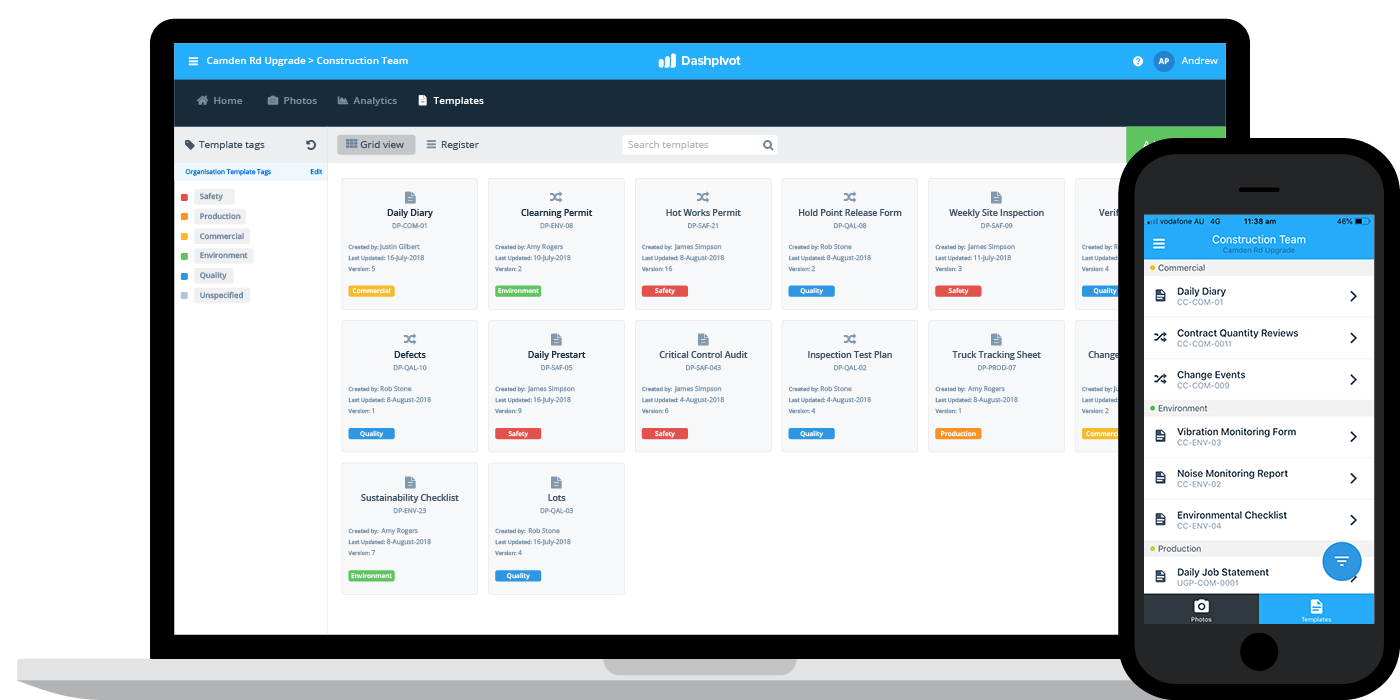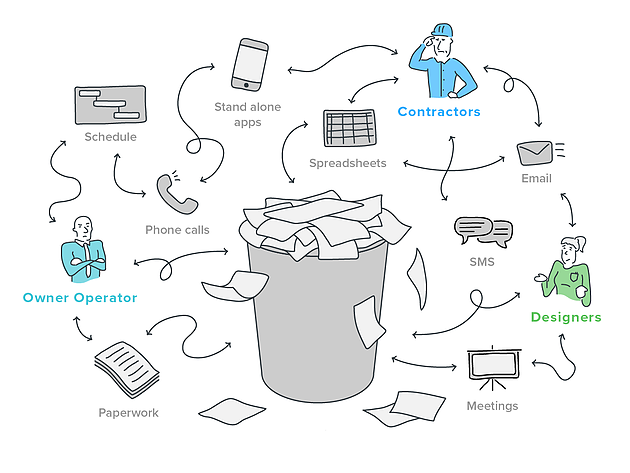Mastering Organization: Improve Effectiveness with Construction Document Management
Mastering Organization: Improve Effectiveness with Construction Document Management
Blog Article
Optimizing Project Partnership: Architect's Ideal Practices in Building Document Monitoring
In the complex realm of building jobs, the effective administration of building and construction documents stands as a foundation for success. Architects, with their thorough interest to information and cutting-edge design options, are charged with orchestrating a symphony of stakeholders, resources, and timelines. However, among this complexity exists a sixty-four-thousand-dollar question: just how can engineers enhance cooperation processes to improve task results? By discovering key methods such as leveraging cloud-based systems, developing robust communication methods, and ensuring data safety, architects can elevate their paper monitoring practices to new heights.
Leveraging Cloud-Based Platforms
Leveraging cloud-based platforms is a fundamental strategy for contemporary engineers in optimizing construction document management procedures. By transitioning from traditional paper-based systems to cloud remedies, architects can streamline cooperation, boost paper availability, and improve overall task effectiveness. Cloud-based systems use designers the ability to shop, share, and upgrade building files in real-time, ensuring that all employee have accessibility to the most existing details no matter their location. This accessibility advertises seamless communication and coordination amongst job stakeholders, causing fewer mistakes and hold-ups in the construction process.
Moreover, cloud-based systems provide a safe environment for saving sensitive task information, supplying file encryption, normal backups, and individual permission setups to protect information stability. Engineers can also take advantage of the scalability of cloud solutions, enabling them to readjust storage capability and capability based upon job needs. In general, leveraging cloud-based systems encourages architects to enhance their building and construction file monitoring processes, driving higher cooperation, efficiency, and success in their jobs.
Implementing Version Control Equipment
Having established the advantages of cloud-based platforms in building and construction document administration, engineers can now improve their record control procedures by executing Variation Control Systems. Version Control Systems (VCS) are essential tools that track changes in files, making sure that group members are always dealing with the newest and most precise info. By carrying out VCS, designers can preserve a central database where all task records are saved, making it possible for smooth cooperation while minimizing the risk of errors and version conflicts.
One key advantage of Variation Control Equipment is the capability to track the total history of document changes, permitting users to revert to previous variations if required (construction document management). This function is particularly valuable in construction tasks where style iterations and adjustments prevail. Moreover, VCS facilitates far better communication among group participants by offering a clear audit trail of that made certain changes and when they were made. This transparency not just improves liability however additionally assists in fixing disputes or disparities that may emerge during the task lifecycle.
Developing Communication Protocols
To make sure efficient and efficient job control, architects need to establish clear and robust communication protocols within their construction document management processes. Communication methods define the approaches, regularity, and networks through which group participants exchange details, updates, and responses. One necessary aspect of establishing these procedures is establishing a centralized communication system where all project-related conversations and paper sharing can happen. This platform could be a job administration software program, e-mail strings, or cloud-based storage space solutions. By setting guidelines on exactly how info is shared and just how staff member connect with each other, designers can enhance the circulation of data and prevent miscommunications or delays in the building and construction process.
Moreover, interaction procedures should additionally include standards on exactly how to handle conflicts, adjustment orders, and urgent concerns that might arise during the task lifecycle. Establishing a structured technique to communication makes sure that all stakeholders are on the exact same web page, promotes openness, and inevitably adds to the effective conclusion of the building project.
Utilizing BIM Software for Control
BIM software program plays an essential duty in boosting control amongst project group participants in the building and construction market. Building Information Modeling (BIM) promotes collaboration by supplying a central platform where architects, designers, specialists, and various other stakeholders can work together in a worked with fashion. Through BIM software program, task participants can access and update a common design that consists of thorough info about the building design, building elements, and task timetables.

Furthermore, BIM software application enables real-time partnership and communication among team participants, no matter their physical place. click for more info Through cloud-based BIM platforms, task stakeholders can access the most recent job details, track changes, and make informed choices immediately. In general, leveraging BIM software program for sychronisation boosts job effectiveness, efficiency, and eventually brings about successful job end results.
Ensuring Information Security and Compliance
In the realm of building and construction file monitoring, securing information honesty and making sure regulatory conformity are extremely important considerations for architects and various other job stakeholders. Architects should apply durable safety measures to protect delicate job info from unauthorized access or violations.

Conclusion
Finally, weblink architects can enhance job collaboration in building and construction paper management by leveraging cloud-based systems, applying version control systems, establishing interaction methods, using BIM software for sychronisation, and making certain data safety and conformity. These finest techniques assist simplify the building and construction process, boost communication among project stakeholders, and improve efficiency in project delivery. By adhering to these standards, engineers can successfully handle building records and facilitate successful project end results.
With BIM software, project participants can access and update a common version that includes thorough details about the structure style, building and construction parts, and task schedules.
With cloud-based BIM systems, task stakeholders can access the most current task information, track changes, and make informed choices quickly - construction document management. In general, leveraging BIM software more info here program for sychronisation improves task efficiency, productivity, and inevitably leads to effective task results
In verdict, architects can maximize job partnership in building document management by leveraging cloud-based platforms, carrying out version control systems, developing interaction methods, using BIM software program for sychronisation, and ensuring information safety and compliance. These best practices assist simplify the building and construction process, boost communication amongst task stakeholders, and enhance effectiveness in project delivery.
Report this page